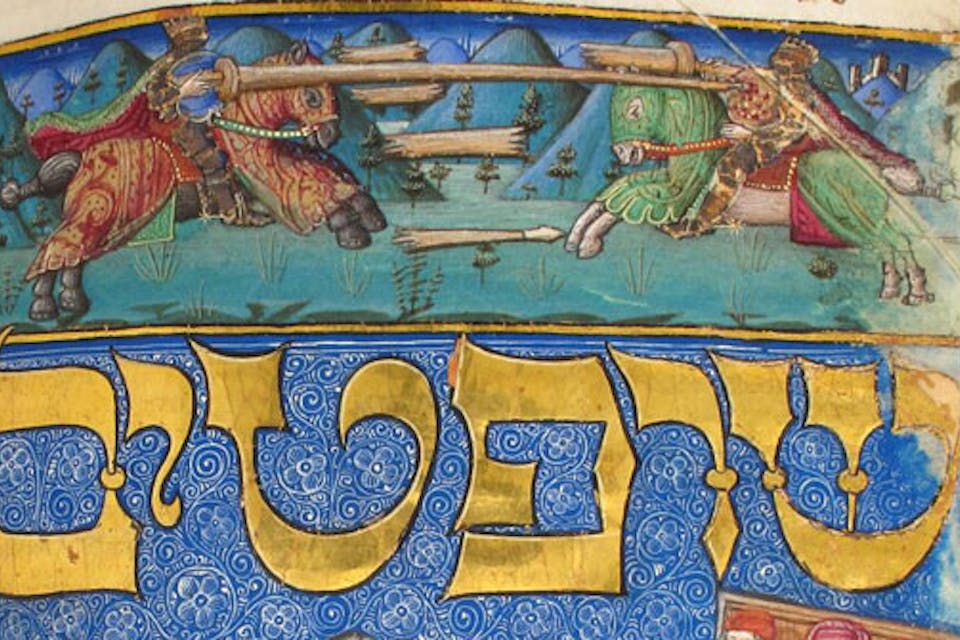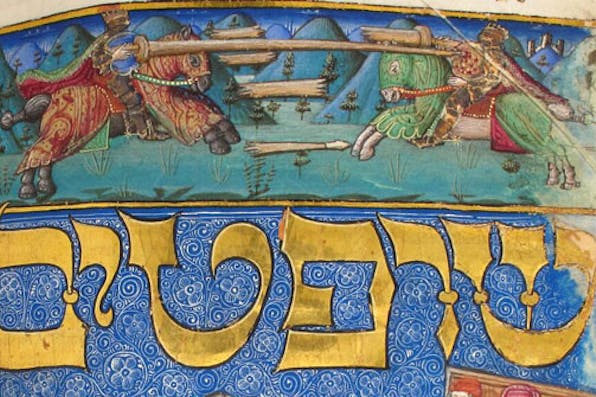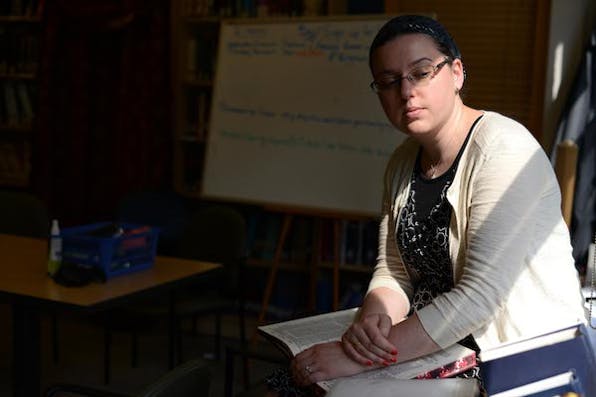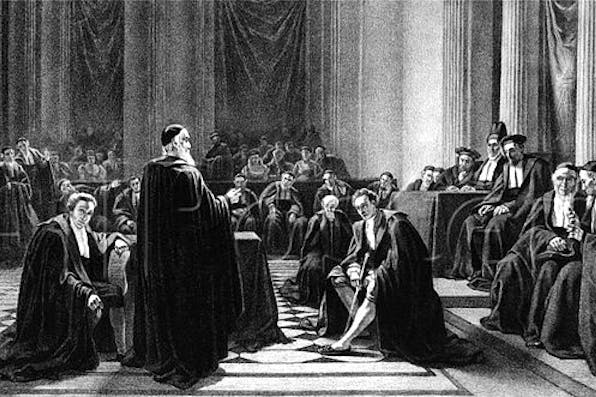
December 9, 2013
The Art of “Halakhah”
Why Jewish law is more a set of guidelines than of rules.
In his fascinating article on law in Judaism, Joshua Berman divides post-talmudic halakhic authorities into roughly two schools: those who follow a codified or statutory-law approach and those who adopt a common-law approach. As against this, I would contend that everyone—even the codifiers—approaches the task of halakhic decision-making through a unique mix of common and statutory law. If the results sometimes convey an impression of arbitrariness or inconsistency, the fault lies in a misunderstanding of the system by which those results have been reached.
On the issue of Berman’s two jurisprudential schools, let me begin by citing a work that he would presumably include solidly within the statutory-law camp: Rabbi Shlomo Ganzfried’s 1864 Kitzur Shulhan Arukh (“The Concise Shulkhan Arukh”). In this short but wildly influential book, an adaptation and abridgement of the great 16th-century code by Rabbi Joseph Karo, Ganzfried conclusively lays down the law on all common Jewish rituals.
But consider the sheer number of variations of this work that have since appeared in print. Not only are successive editions frequently accompanied by footnotes from dissenting authorities, but Ganzfried’s rulings themselves have often been revised, with the result that the burgeoning text itself includes disparate prescriptions. Among the leading participants in this ongoing enterprise have been at least two chief rabbis of Israel and other recognized luminaries of Jewish law.



